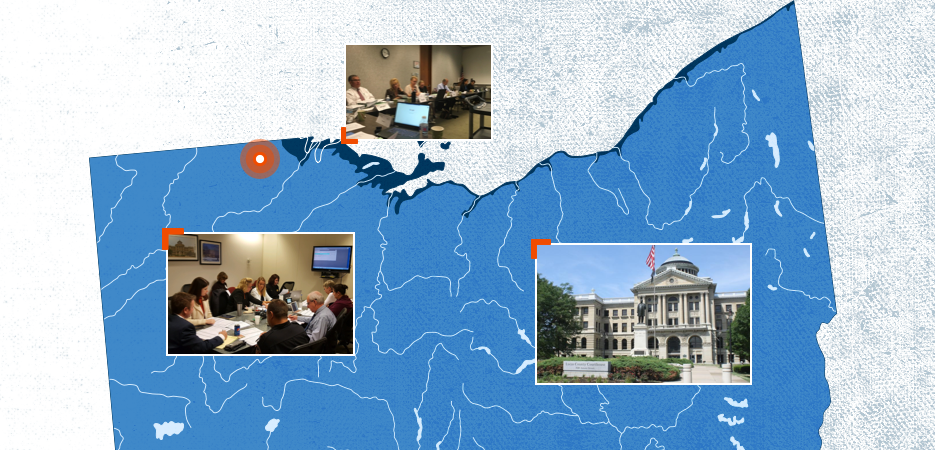Background
As of 2014, more than half of the people released from Lucas County’s jail have behavioral health needs. People charged with low-level offenses represent 25% of people in jail. Nearly a third of Lucas County’s jail population are being held because of technical violations of probation (snapshot, 2015).
Overall, Black people are vastly overrepresented in the jail—making up 19% of the general county population but serving 58% of custodial arrests over the last five years (2010 – 2014). Black people also make up 57% of people held in jail for the three most common misdemeanor charges.
Many people waiting in Lucas County jails for long stays are affected both by the available pretrial release options and the speed of case processing.

